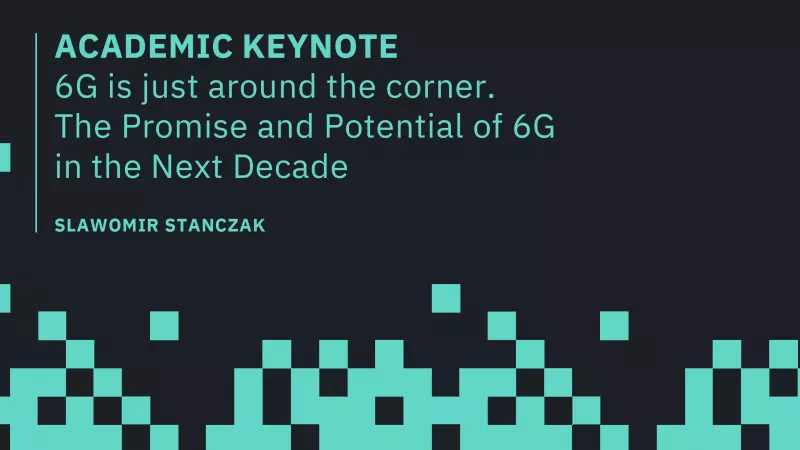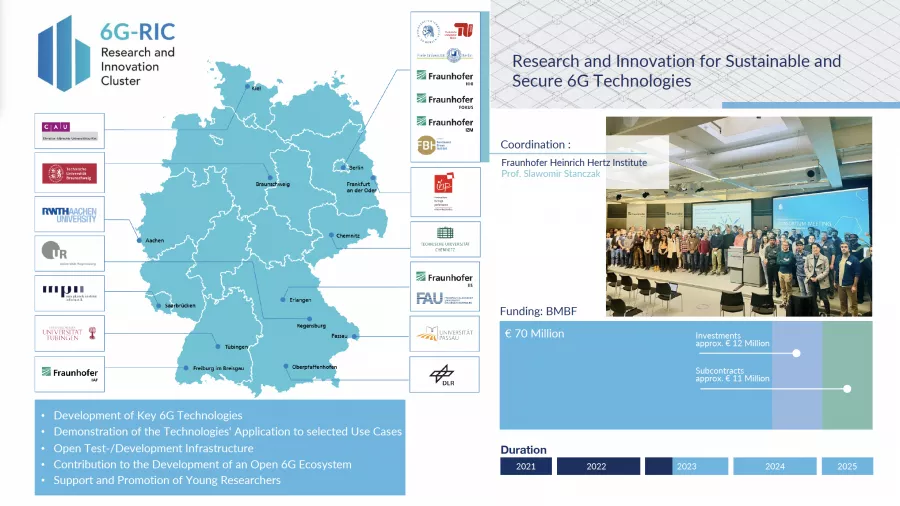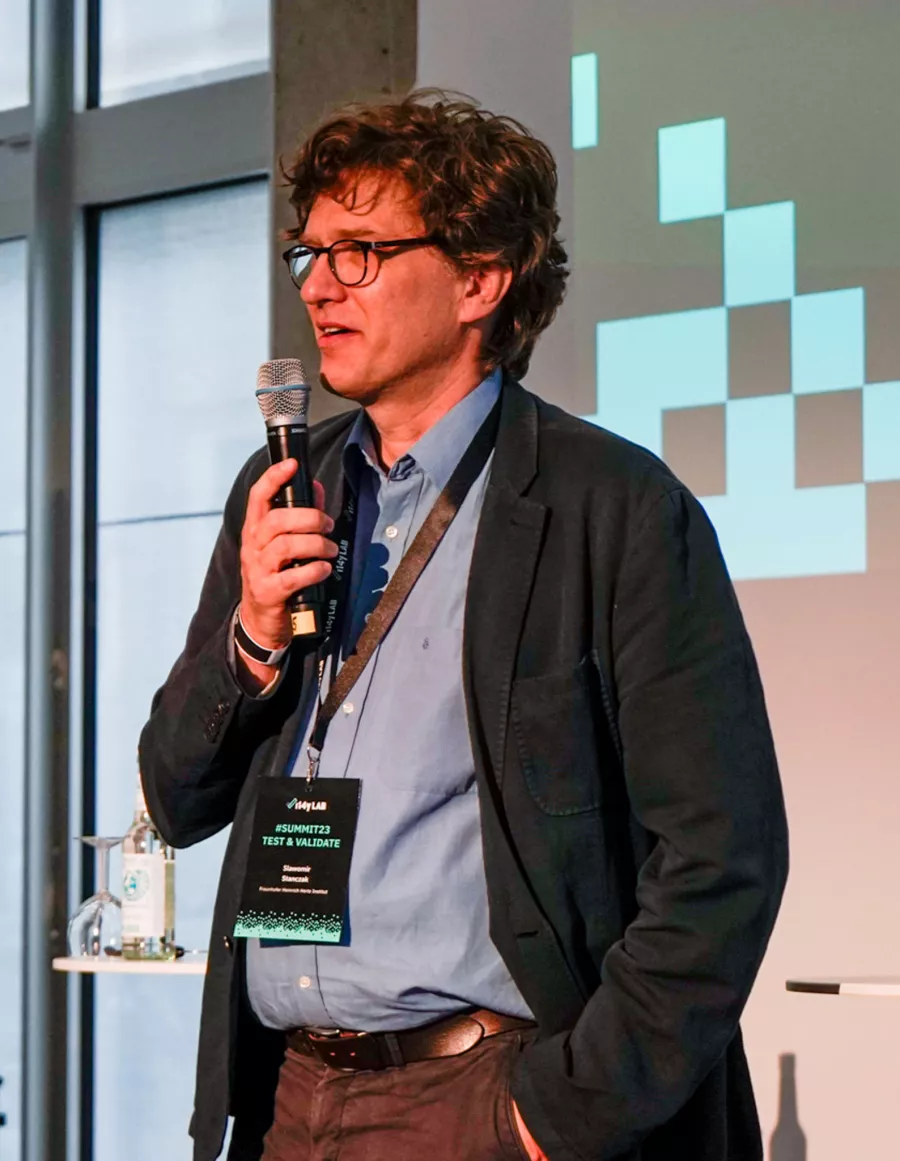What Sets 6G Apart
Slawomir provided valuable insights into the main focus of 6G, which centers around the challenge of achieving higher throughput while maintaining energy efficiency. Higher throughput per unit area is challenging in itself and requires maximizing spectral efficiency, increasing network density or using more bandwidth. However, achieving these goals with current technologies typically results in higher energy consumption. Therefore, achieving much higher throughput without significantly increasing energy consumption remains a major challenge.
6G's Design Challenges
As 6G unfolds,energy consumption is also a critical consideration in an era where AI and ML are in the spotlight. Slawomir emphasized the importance of discussing data acquisition, network computing, and semantics, as AI, while promising, consumes energy and collects vast amounts of data which will need to be organized and prioritized accordingly.
Efficient Energy Consumption: The 6G-RIC Way
To mitigate excessive energy consumption, 6G RIC is exploring cross-domain approaches for synergetic gains. These include hetero-integration of semiconductor technologies, modular hybrid phased arrays, alternative analog technologies, and low spectral efficiency to simplify hardware components. Achieving efficient beam alignment and tracking remains a key focus, showcasing the transformative potential of narrow beams in energy-efficient communications.
Semantic Communication and Goal-Oriented Communication
Semantic communication also has become central in the 6G context, enabling effective cooperation among diverse agents, and connected robotics and autonomous systems. The aim is to streamline data transfer, ensuring that transmitted symbols accurately reflect the sender's intentions and effectively accomplish desired tasks.




